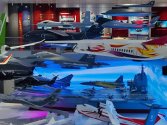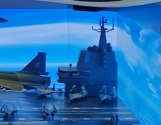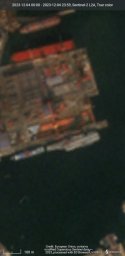From DOT&E, 2021: "CVN 78 is unlikely to achieve its SGR requirement. The target SGR threshold is well above achieved historical
rates and based on unrealistic assumptions."
In the real world, nobody is remotely concerned about Ford failing to meet its SGR requirement. SGR was invented by USN in the post-Cold War, post-Desert Storm era to defend the nuclear-powered supercarrier against its twin critics of USAF and budget hawks. The critics were empowered by Desert Storm data demonstrating that USAF was able to deliver more munitions at lower cost than USN (with four carriers on station) did, amidst a shrinking budgetary pie that required each service, and each niche within each service, to fiercely defend its own territory and attempt to claim that belonging to others. In the public and legislative mind, USAF was the clear "perceptual winner" emerging from 1991 and was most clearly aligned with the "Revolution in Military Affairs" fervor that swept the American establishment at that time.
USN's response was to promise that CVN-21 would leverage the amazing technologies of the future to achieve unprecedented cost savings while achieving unprecedented sortie rates. The high SGR threshold was important because it was both directly relevant to a hypothetical replay of Desert Storm and because it was a measure by which smaller, less expensive carriers could not compete. As with USAF and its fear that acceding to upgraded F-16s would doom its vision for an all-VLO inventory, USN feared that (re-)opening the door to conventional carriers would spell the end of the nuclear-powered supercarrier. That high SGR was only relevant in a narrow range of operational scenarios that were probably not worth structuring the fleet around (as evidenced by USN not even bothering to quantify it until 1997) was neither here nor there, for the enemy to be met wasn't Iran, Russia, or China; rather, the enemy was USAF and the budget hawks in the Clinton administration. Now that the future of the nuclear-powered supercarrier has been safely secured, SGR can be quietly demoted from being the definitive measure of carrier utility to being just one characteristic amongst many, and Ford's failure to achieve its SGR requirement greeted with a shrug: who cares?














